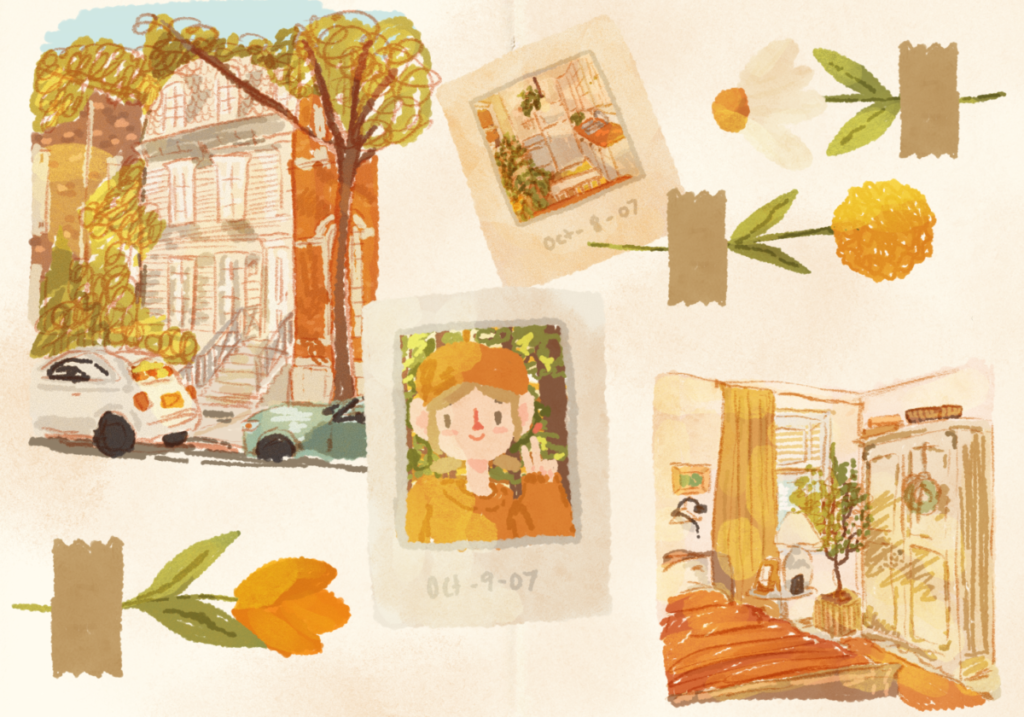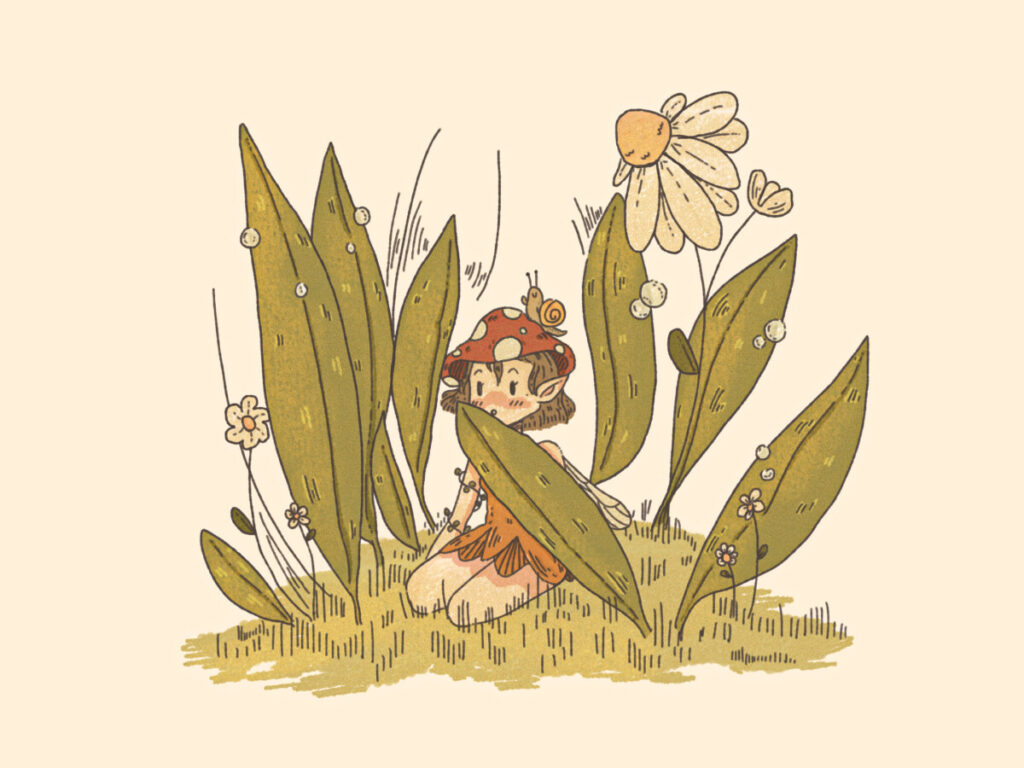
To me, design is how something looks and what message it tells you if there is any. It’s about creation and creativity and I think design is universal, meaning it can be understood by anyone. Some things that I have designed in the past is a book about typographers and their typefaces, and most importantly all my illustrations that I’ve worked on throughout the year. One example I provided is a digital sketchbook spread that I drew on procreate. I decided what colors I should use, where each element should be placed, what textures to instill, and what kind of story I wanted to tell. I wanted this spread to be centered around the girl’s life. That these are photos she took and where she lives, like she took a picture of her home, her kitchen, and her bedroom. Now whether the audience realized that or not is ok with me because I designed this piece for myself and I’m truly proud of it. Design is important because it allows people to express themselves through creativity and problem solving. It’s an essential career because it gives an identity to certain people and companies that the designer is working for. The role of the designer is to create a visual and interesting piece of work for their client. This can involve drawing something for your client, designing a logo for your client or simply creating a graphic for that client. What makes certain designs very good is the understanding of the assignment or product, of whatever you’re working on. For example, if you’re working on creating wedding invitations you wouldn’t want to use a bold and complicated typeface, you’d want to choose typefaces and graphics that make sense for a wedding. You’ll also want to include necessary information in a clear and precise way. Visual hierarchy is important in design because it allows someone who isn’t in design to look at the invitation and get the most important information right away. What can be considered bad design is maybe an invitation that is overcrowded and filled with unnecessary information. Bad design can often include poor typography, for example the kerning is off or they used a yellow typeface on a white background. This can make things difficult to read and understand.







Recent Comments